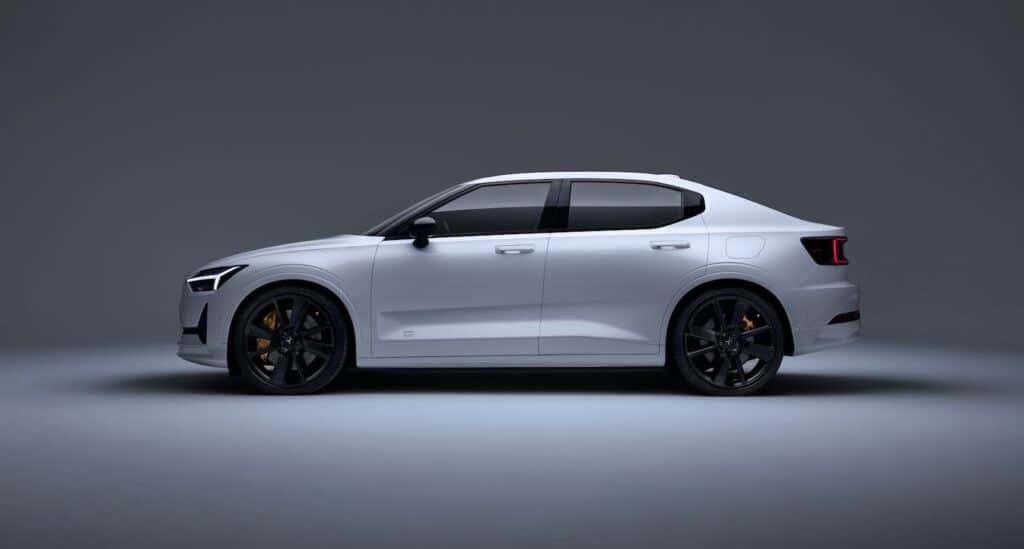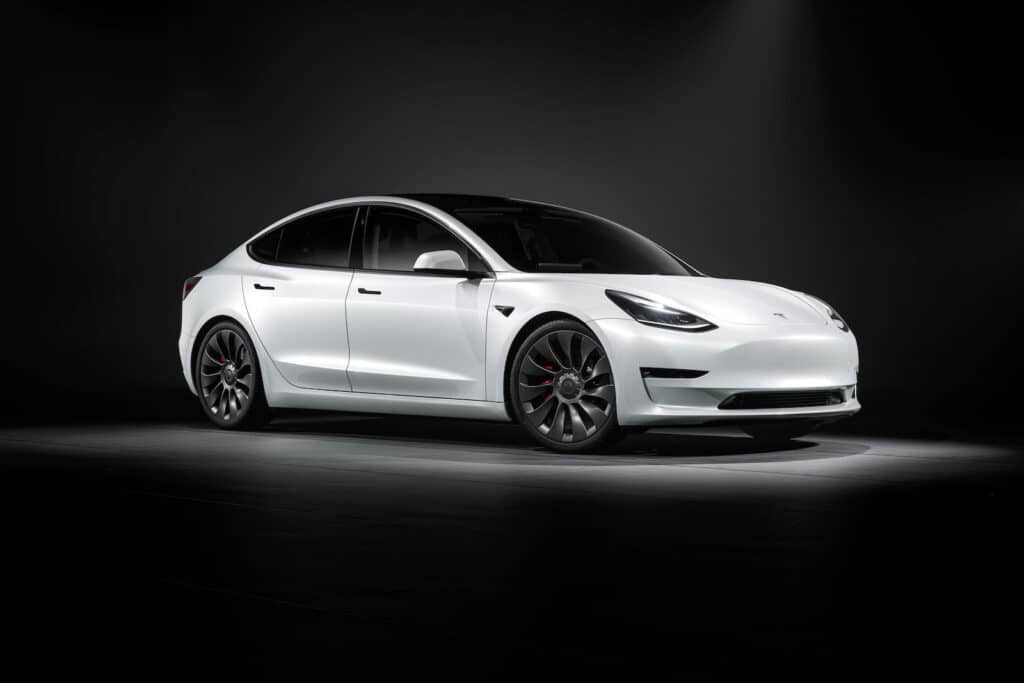AUTONEWS

Polestar will give your EV a remote, 68-HP boost – for a fee
When it comes to performance, the Polestar 2 is no slouch, taking just 4.5 seconds to launch from 0-60 mph. But owners who want a bit more muscle can get a 68-horsepower boost from the Swedish automaker, and it won’t require a major tear-up to the vehicle.
All it takes is an over-the-air update the automaker announced Tuesday. But the software won’t come cheap, at $1,195.
Smartphone-style updates are expected to become commonplace in the years ahead. Indeed, they’re already being used to solve quality, reliability and safety issues, most notably Tesla, which used OTA updates to fix a problem that forced the recall of 1.1 million vehicles in September. But automakers also are using the technology to add features that weren’t ordered – or available – when a vehicle was originally purchased.
What the Performance Pack updates does...In the case of the Polestar 2, the Long Range Dual-motor version of the electric crossover came out of the factory making 408 horsepower and 487 pound-feet of torque. After purchasing the upgrade, owners will see that jump to 476 hp and 502 lb-ft., cutting 0-60 launch times to 4.2 seconds. The upgrade is particularly noticeable at mid-range speeds, according to Polestar, “between 44 and 80 mph.” Accelerating from 50 to 75 will take a half-second less than with the standard dual-motor model.
To get that sort of added punch from a conventional, gas-powered vehicle would require some significant work on the powertrain. But this upgrade requires nothing more than some new lines of software code.
“This upgrade highlights how connected technologies can transform the relationship a car company has with its customers,” said Thomas Ingenlath, CEO of Polestar. “The driving experience in Polestar 2 is something we are really proud of. It is such a fun car to drive already, but with this upgrade we can offer even more to our customers who might be after a little extra excitement.”
The new Performance Pack option also lets Polestar 2 owners closely track the way their crossover accelerates, adding several new features to the infotainment system, including a G-meter.
Software-defined vehicles...The introduction of the Polestar 2 performance upgrade comes at a time when today’s cars, trucks and crossovers are evolving into what the industry calls “software-defined vehicles.” More and more vehicle functions are digitally controlled and, with the ability to remotely transmit new code, that gives automakers plenty of options.

Existing software can be upgraded, as Lucid is doing with the infotainment system in its all-electric air sedan.
Fixing flaws, adding features – all by remote control...Manufacturers also are looking to add or activate new features – everything from performance upgrades to new safety functions. During a preview last month, Jim Rowan, the CEO of Volvo Cars, said this will make it possible for the automaker to keep the new EX90 “like new” even after several years on the road.
In some instances, automakers are offering OTA upgrades at no cost. But the new Polestar Performance Pack feature demonstrates the money-making potential the technology offers.
Tesla was actually the first to let motorists add some extra performance remotely for a fee. It also offered an optional range upgrade on some models. Mercedes-Benz recently launched an EV performance option in some markets – though it’s taking a different approach, motorists purchasing an annual subscription, rather than paying a one-time fee.
Some pushback...BMW set off a firestorm when it revealed plans to start charging for some familiar vehicle functions. It chose not to go that route in the U.S. but is now charging for the use of seat heaters in some markets.
In October, lawmakers in New Jersey floated the idea of legislation banning subscriptions for any feature that “utilizes components and hardware already installed on the motor vehicle at the time of purchase.” Though they’ve yet to act on the proposal, it was meant to send a signal to BMW and other manufacturers.
Despite such pushback, auto industry execs see tremendous opportunities to monetize over-the-air technology. Add the ability to provide in-car entertainment features and automakers like Stellantis and General Motors predict this could generate tens of billions of dollars in annual revenue streams by the end of this decade.
by Paul A. Eisenstein, Detroit-USA

Nenhum comentário:
Postar um comentário